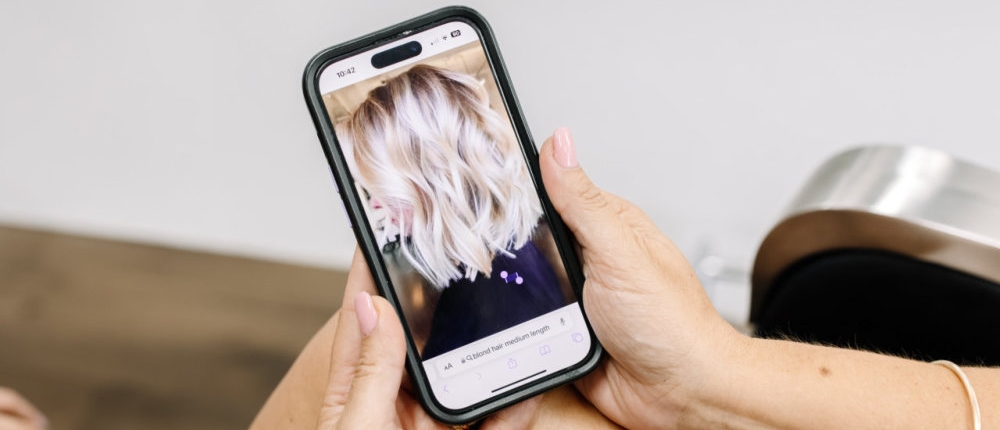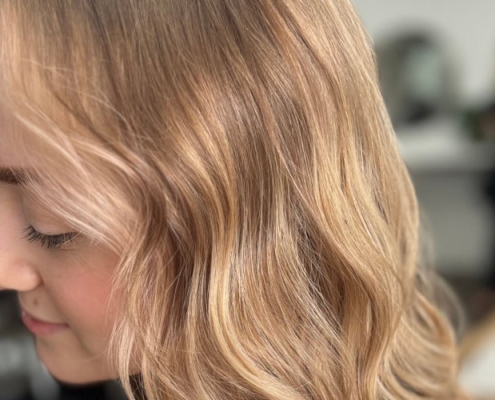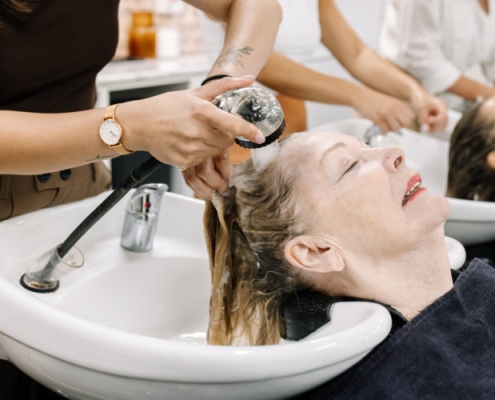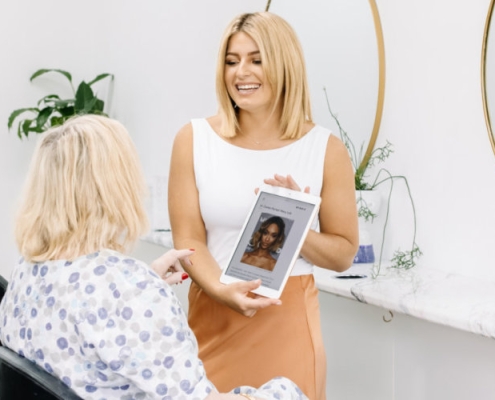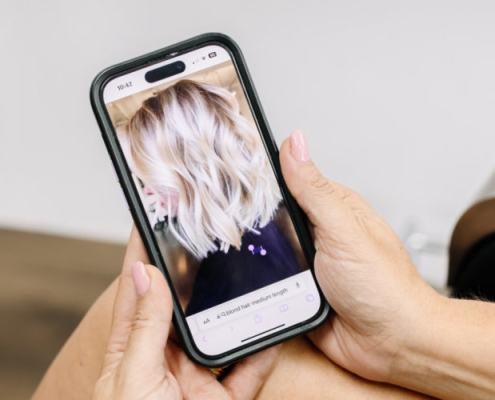Best Hairstyles for Thinning Hair to Add Volume
Thinning hair can be a frustrating challenge, but the right haircut and styling techniques can create the illusion of fuller, thicker hair. Whether your hair is naturally fine or you’re experiencing thinning due to aging, stress, or medical conditions, choosing the right hairstyle can make all the difference in enhancing volume and boosting confidence.
In this guide, we’ll explore the best haircuts, styling tips, and techniques for adding body and fullness to thinning hair.
Understanding the Challenges of Thinning Hair
Before diving into hairstyles, it’s important to understand why thinning hair requires special styling considerations. Thinning hair can:
- Appear flat and lifeless due to a lack of natural volume.
- Expose more of the scalp, particularly around the parting or crown.
- Be more fragile and prone to breakage, making some hairstyles unsuitable.
The key to managing thinning hair is selecting cuts and styles that add volume, movement, and density while minimizing damage.
Best Haircuts for Thinning Hair
A well-chosen haircut can make thinning hair look fuller by creating texture, body, and shape. Here are some of the best haircuts for adding volume:
1. Blunt Bob
The blunt bob is one of the best hairstyles for thinning hair because it keeps the ends of the hair thick and uniform, making it look fuller. By cutting the hair at one length, there’s no tapering at the ends, which can make fine hair appear even thinner.
- Best Length: Chin-length to shoulder-length for maximum volume.
- Styling Tip: Add a slight wave or texture to create the illusion of more body.
2. Layered Lob (Long Bob)
A layered lob (long bob) is perfect for those who want a little extra length while still benefiting from added volume. Soft, minimal layers help create movement without making the hair look too wispy.
- Best Length: Just above the shoulders to collarbone length.
- Styling Tip: Use a round brush when blow-drying to lift the roots and add body.
3. Pixie Cut
A pixie cut is an excellent choice for those with significant thinning, as it removes the weight of long hair and makes styling easier. A textured pixie with layers can create the illusion of thickness.
- Best Length: Short and choppy for extra volume.
- Styling Tip: Use a lightweight volumizing mousse or texturizing spray to enhance texture.
4. Shoulder-Length Cut with Soft Layers
A shoulder-length cut with soft layers can add body without removing too much density. This style keeps volume around the crown and avoids excessive thinning at the ends.
- Best Length: Shoulder-length for balance between length and volume.
- Styling Tip: Blow-dry with a diffuser to encourage natural volume.
5. Side-Swept Fringe
If your hair is thinning around the hairline, side-swept fringe can help cover sparse areas while adding volume to the front of your face.
- Best Length: Just above the eyebrows or cheekbone-length for a soft effect.
- Styling Tip: Use a round brush when blow-drying to lift the fringe for a fuller look.
Best Styling Techniques to Add Volume
1. Blow-Drying for Volume
The way you blow-dry your hair can make a huge difference in volume. Follow these steps for maximum lift:
- Apply a lightweight volumizing mousse to damp hair.
- Use a round brush to lift the hair at the roots while blow-drying.
- Flip your head upside down while drying to create extra body.
- Finish with a cool shot of air to set the volume in place.
2. Strategic Parting
Changing your part can instantly make hair look fuller. Try these parting techniques:
- Deep Side Part: Adds volume at the crown and disguises thinning areas.
- Zigzag Part: Creates the illusion of thicker roots by preventing the scalp from showing too much.
- No Defined Part: Tousle hair with your fingers instead of creating a structured part for a fuller look.
3. Texture and Waves
Adding texture through waves or curls can make hair appear fuller. Try these methods:
- Use a texturizing spray to enhance natural movement.
- Create loose waves with a curling iron for a soft, voluminous effect.
- Braid damp hair before bed for heat-free waves in the morning.
4. Dry Shampoo for Lift
Dry shampoo isn’t just for oily hair—it can also add volume by lifting hair at the roots and giving it more texture.
- Spray dry shampoo at the roots and massage it in with your fingers.
- Flip your hair over and give it a quick tousle for extra lift.
5. Hair Color Techniques
Believe it or not, the right hair color can also create the illusion of volume. Lighter tones and highlights can make hair appear denser.
- Balayage or Highlights: Adding dimension through highlights can give the illusion of thickness.
- Root Smudging: Darker roots with lighter ends can create depth and volume.
When to Consider Professional Help
While many cases of thinning hair can be managed with the right haircut, styling techniques, and at-home treatments, there are times when professional intervention is necessary. If you’ve noticed persistent hair thinning that doesn’t improve with dietary changes, scalp treatments, or styling adjustments, seeking expert guidance can help identify underlying causes and provide tailored solutions.
Signs That It’s Time to See a Specialist
If you’re experiencing any of the following symptoms, a visit to a dermatologist, trichologist, or healthcare provider may be necessary:
- Excessive Shedding: It’s normal to shed around 50 to 100 hairs per day, but if you notice large clumps of hair falling out when brushing, showering, or waking up in the morning, this could indicate a deeper issue.
- Persistent Thinning Over 6+ Months: If you’ve tried dietary improvements, volumizing products, and scalp treatments but your hair continues to thin, a specialist can assess potential deficiencies or medical conditions.
- Noticeable Bald Spots: Patches of hair loss (alopecia areata) or widening parts and visible scalp areas may be signs of genetic or autoimmune hair loss that require medical attention.
- Scalp Pain, Itching, or Inflammation: If your scalp is red, irritated, flaky, or sore, this could indicate scalp psoriasis, dermatitis, or a fungal infection affecting hair growth.
- Receding Hairline or Thinning Around the Temples: If you’ve noticed a gradual retreat of the hairline or thinning around the temples, it may be a sign of androgenetic alopecia (pattern hair loss), which can be slowed with the right treatment.
- Sudden Hair Loss After an Illness or Stressful Event: If you experienced sudden hair loss after pregnancy, surgery, or extreme stress, you may have telogen effluvium, a condition where hair enters the shedding phase prematurely.
For a deeper understanding of the causes behind hair thinning and when to act, read: Why Is My Hair Thinning? Common Causes and Solutions.
Who Should You See for Thinning Hair?
If you’re experiencing ongoing hair thinning, here are the professionals who can help:
1. Trichologist (Hair & Scalp Specialist)
A trichologist is a hair and scalp specialist trained to diagnose and treat non-medical hair concerns, such as scalp health, breakage, and general hair thinning. They often recommend customized haircare routines, topical treatments, and dietary adjustments to promote hair growth.
2. Dermatologist (Skin & Hair Doctor)
A dermatologist can assess whether hair loss is caused by scalp conditions, autoimmune disorders, or hormonal imbalances. They may recommend prescription treatments, scalp biopsies, or advanced hair restoration procedures if necessary.
3. Endocrinologist (Hormone Specialist)
If your thinning hair is linked to hormonal imbalances, such as those caused by thyroid disorders, polycystic ovary syndrome (PCOS), or menopause, an endocrinologist can run tests and prescribe appropriate medications.
4. Nutritionist or Dietitian
Hair health is directly linked to nutrition and deficiencies. A nutritionist can assess whether you’re lacking key vitamins such as iron, biotin, or zinc, which are essential for strong, healthy hair. Learn more about how diet affects thinning hair: Thinning Hair and Diet: Nutrients You Need for Stronger Strands.
Common Treatments for Thinning Hair
Once you visit a specialist, they may recommend one or more of the following treatments based on the cause of your hair thinning:
1. Prescription Medications
- Minoxidil (Rogaine): A topical treatment that stimulates hair growth by improving follicle function.
- Finasteride (Propecia): An oral medication that helps prevent further hair thinning, commonly used for male pattern baldness.
- Spironolactone: A medication that can block the effects of androgens (hormones that contribute to hair loss) in women.
2. Platelet-Rich Plasma (PRP) Therapy
PRP therapy involves injecting platelet-rich plasma (extracted from your blood) into the scalp to stimulate hair follicles and encourage growth.
3. Low-Level Laser Therapy (LLLT)
LLLT is a non-invasive laser treatment designed to stimulate circulation in the scalp and improve hair follicle health.
4. Hair Transplant Surgery
For advanced hair thinning or balding, a hair transplant (such as follicular unit transplantation, FUT, or follicular unit extraction, FUE) can restore natural hair growth by transplanting hair follicles from one part of the scalp to another.
How to Boost Confidence While Managing Thinning Hair
While seeking treatment for thinning hair, it’s important to maintain confidence and embrace styles that work best for you. Consider:
- Trying volumizing hairstyles that add body and disguise thinning areas. Explore Best Hairstyles for Thinning Hair to Add Volume.
- Using lightweight, non-damaging hair products to enhance volume.
- Experimenting with hair toppers or clip-in extensions for an instant boost.
For additional confidence-boosting strategies, check out: How to Boost Confidence When Dealing with Thinning Hair.
Final Thoughts
While thinning hair can feel like a challenge, the right haircut and styling techniques can make a world of difference. Whether you opt for a blunt bob, pixie cut, or layered lob, styling your hair strategically can enhance volume and boost confidence.
For professional haircut services, explore our Haircuts and Styling Services.
By choosing a flattering hairstyle and using volumizing techniques, you can create the appearance of fuller, thicker hair while embracing your natural beauty.

